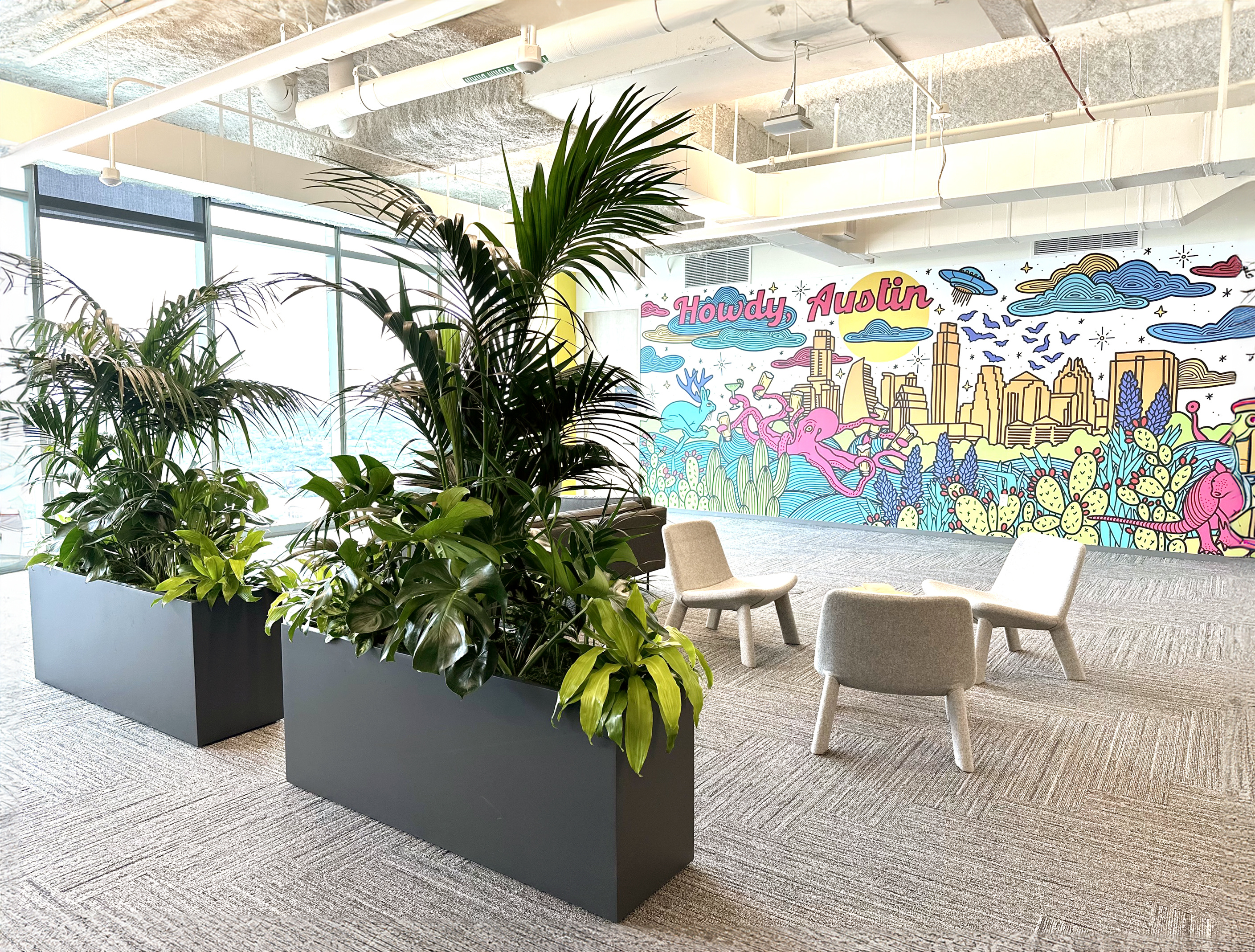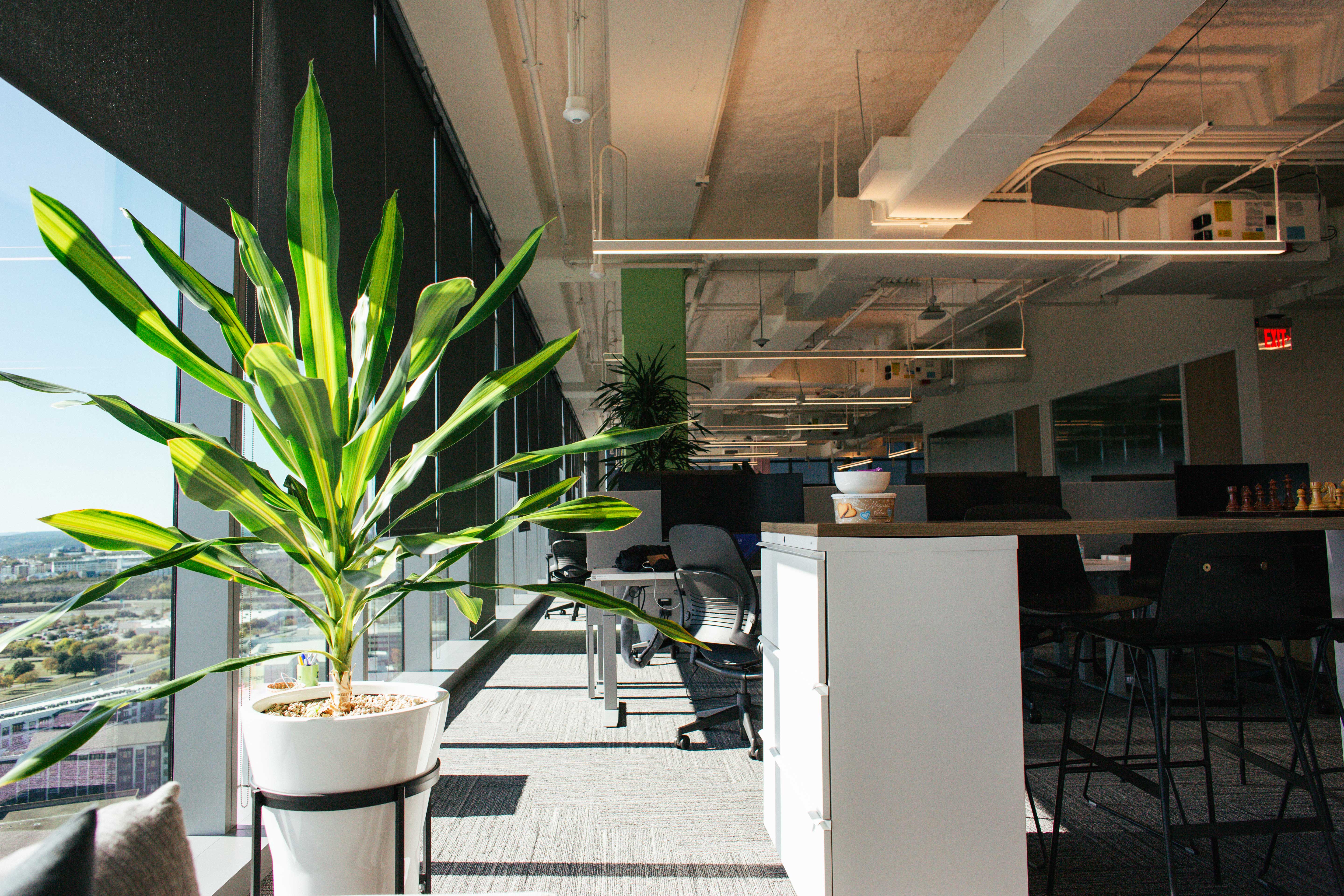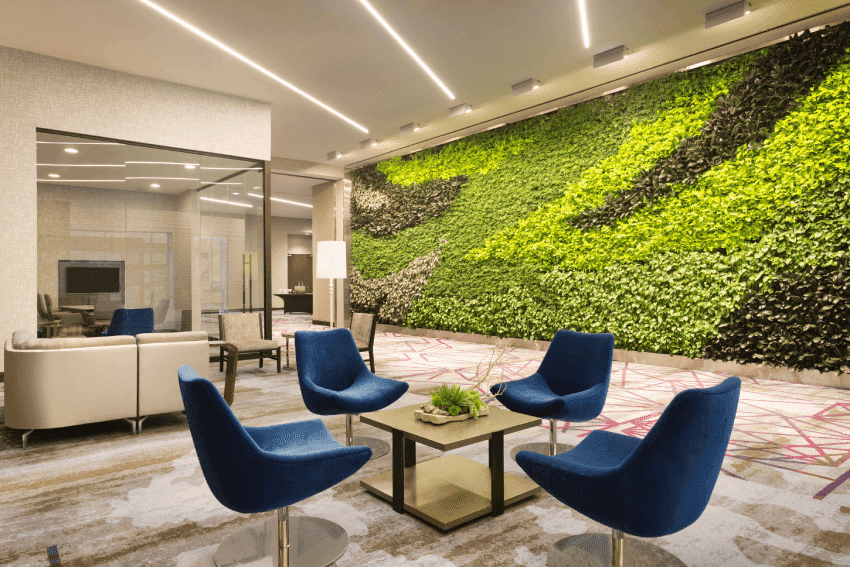Inspiration: Hotel Architecture Using Biophilic Design
With renewed focus on the importance of sustainability, biophilic design has become more than just a design trend in the hospitality industry—it’s the way forward. Here are some inspiring examples of sustainable practices in biophilic hotel design across the globe.

Integrating elements from nature into the built environment—otherwise known as biophilic design—is a growing movement in hotel architecture that fulfills humans’ intrinsic need to connect with nature. This not only elevates the hotel guest experience, but also serves to boost your bottom line.
More than that, biophilic design is a holistic approach to architecture and hotel interiors. This supports a global trend towards sustainable and environmentally friendly designs that improve the health and wellbeing of individuals.
Biophilia is, therefore, no longer a fleeting trend but a profound movement in the world of hospitality. Nature-inspired design elements are transcending the benefits of traditional aesthetics to foster more meaningful connections between guests and the outside world.
Nature-Inspired Hotel Design
As a WELL partner and proponent of sustainable architecture, Natura believes in the power of plants and their crucial role in biophilic hotel design. We endorse its far-reaching impact on aesthetics, wellness, and improved functionality in the hospitality industry.
We also love to talk about it! Which is why we found some hotels from across the globe that have implemented biophilic design architecture in beautiful, inspiring, and impactful ways.
- 1 Hotel Brooklyn Bridge, New York
The impact of biophilic design stands out strong against a bustling urban backdrop, especially one as iconic as New York City. Overlooking the East River and Manhattan skyline, 1 Hotel Brooklyn Bridge is a waterfront retreat that has seamlessly integrated biophilic interior design elements into its architecture. This includes the use of abundant natural light, native greenery, and reclaimed materials as part of its hotel interiorsIn addition, 1 Hotel Brooklyn Bridge (who describes themself as a luxury sustainable hotel) makes use of organic cotton bedding, low-energy lighting, and farm-to-table dining options. This reaffirms their commitment to sustainability, dovetailing with values at the heart of biophilia.

Image Source: 1 Brooklyn Bridge Website - Hyatt Regency Hill Country Resort & Spa, San Antonio
Guided by Natura, the Hyatt Regency Hill Country Resort & Spa in San Antonio, Texas recently underwent a stunning plant redesign, giving the hotel a brand new refresh for the summer.
Capitalizing on the resort’s already lush setting and verdant countryside appeal, the Natura team leveraged features of biophilic design to naturally pull the outdoors in, enhancing the Hyatt’s interior while adhering to its brand identity and Texas charm.
Natura will also be working closely with the Hyatt Regency Hill Country Resort and Spa ahead of the winter season for a full redesign of their holiday decor.

- Six Senses Fiji, Malolo Island
Using thatched roofs, open-air structures, and abundant greenery, it wasn’t too much of a stretch to blend the architecture of Six Senses Fiji in with its natural environment.
Using sustainability best practices, Six Senses took advantage of local materials and traditional building techniques, merging biophilic hotel design with the hotel’s brand and image as a tropical vacation destination.
This hotel also practices sustainable waste management, water conservation, and energy-efficient operations to preserve the island’s natural environment. Guests of Six Senses, Fiji, therefore, enjoy a truly immersive biophilic experience, which seeks to foster a deeper connection between building occupants and the natural world around them.

Image Source: Six Senses Fuji - Parkroyal Collection Pickering, Singapore
As a self-proclaimed “green icon in the heart of the city”, Singapore’s Parkroyal Collection Pickering is a prominent example of urban biophilic design. Designed by world-renowned architecture firm WOHA, this building has positioned itself as a “hotel-in-a-garden”, featuring lush sky gardens that cascade from its high-rise architecture.Parkroyal Collection Pickering’s extensive use of plants effectively creates a vertical garden that blends seamlessly with the city scapes. The building also incorporates the latest in energy-saving technologies, blending seamlessly with the integration of natural greenery to reduce urban heat and improve air quality.
With its cutting-edge design as a sustainable high-rise, it's not hard to imagine why this hotel was named the World’s Leading Green City Hotel by the 2023 World Travel Awards.

Image Source: Lonely Travelog
Bringing the Outside In
Depending on your hotel’s brand and budget, biophilic design elements can vary from space to space. But the end-goal remains the same: to bring the peace and tranquility of nature indoors.
There are countless ways to do this, such as using natural elements like wood and stone in the architecture of a space. Some of the world’s most beautiful hotels—like the ones described above—also make use of natural light, water features, living walls, and other greenery to create an immersive, multisensory, biophilic experience.
And that’s where Natura comes in. With years of experience providing plants to hotels, offices, and business spaces, we partner with architects and interior designers to seamlessly incorporate plants and greenery into the built environment. This works to create a calming ambiance and provide guests with a sensory connection to nature.
With our knowledge and expertise, we’re able to help you incorporate biophilic design elements into your hotel’s setting as organically as possible, meeting both your unique needs and budget requirements.
For more information on what plants can do for your business, download our Ultimate Guide to Plants for the Hospitality Industry.
Ready to let nature in? Consult with one of Natura’s plant design experts today to discuss how you can incorporate elements of biophilic design.




